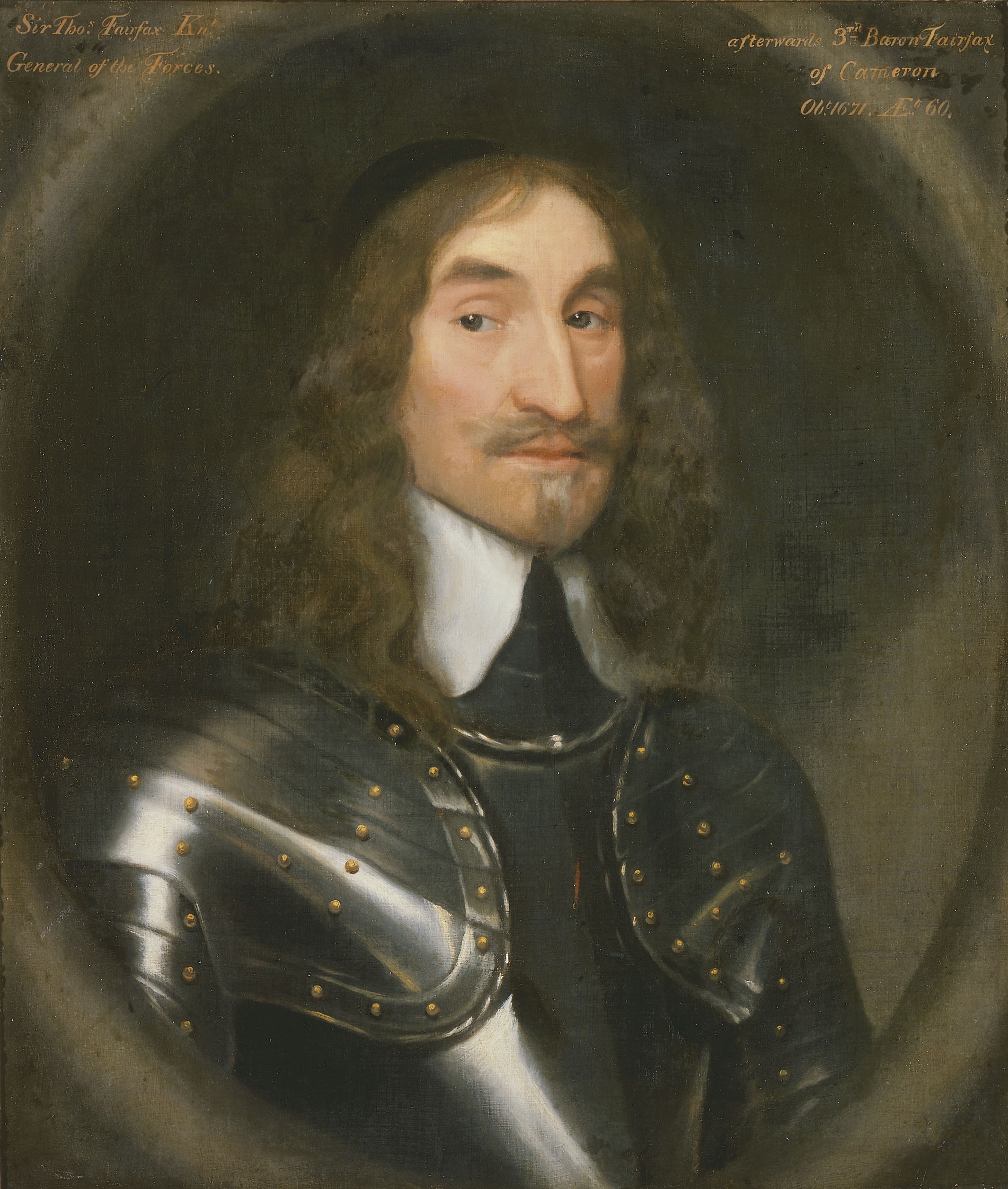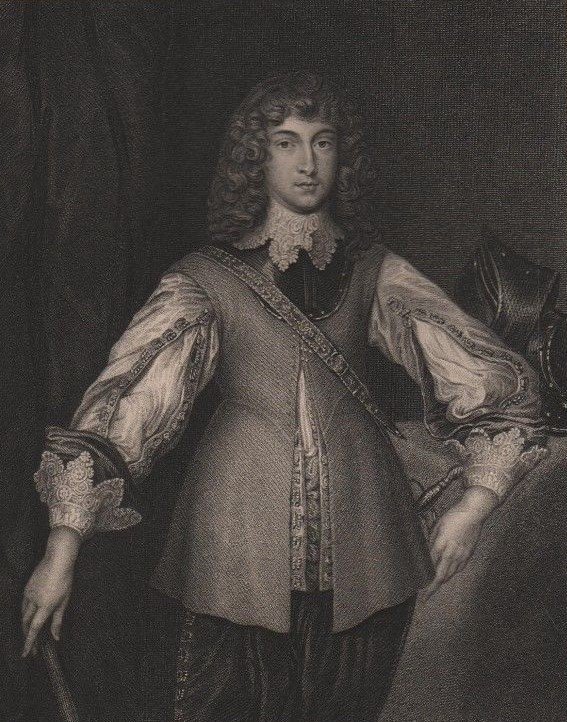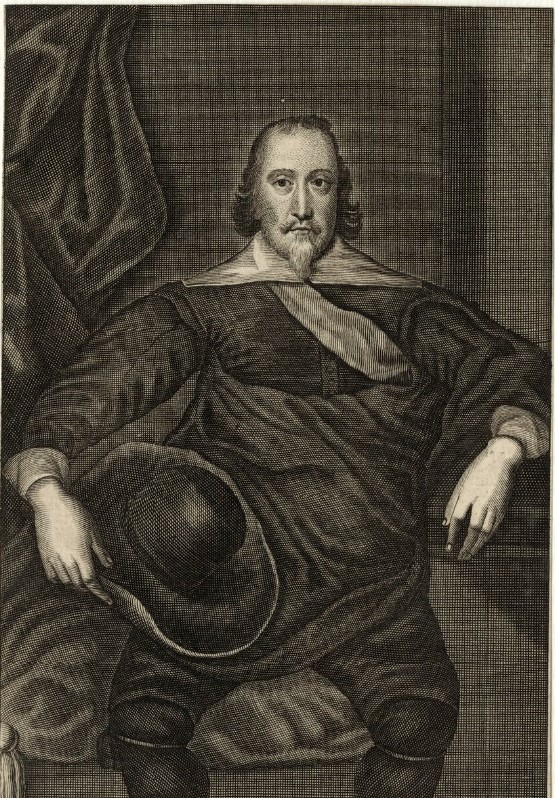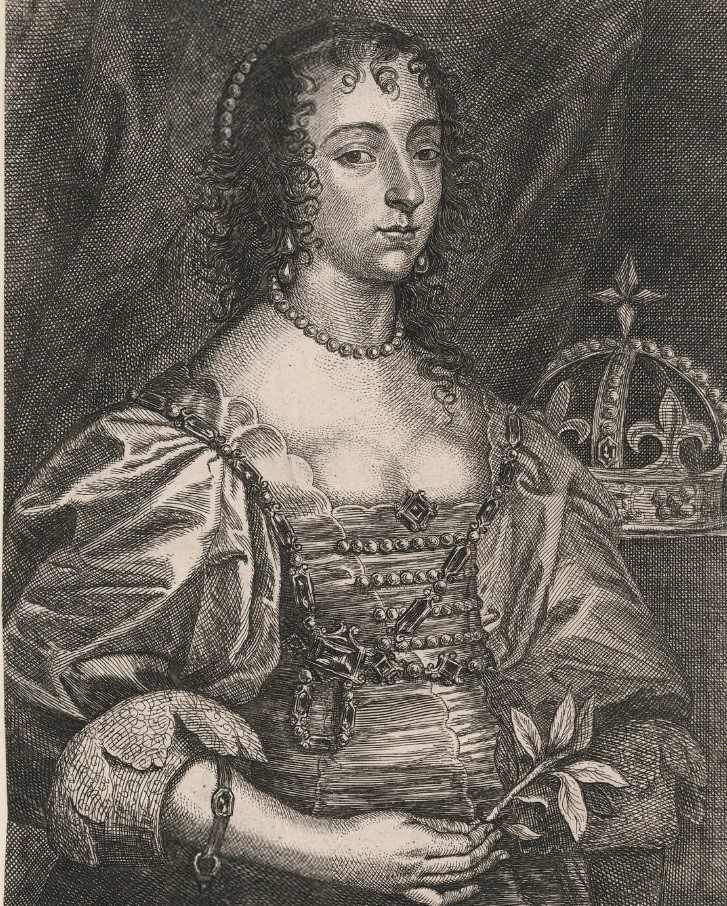Key Figures
Alexander Leslie, Lord Leven
Born: 1580
Died: 1661
Key Significance
Leven was a distinguished Scottish soldier who achieved high rank and rewards in the Swedish army during the Thirty Years’ War. He returned home in 1638 and commanded the Scots Covenanter army during the Bishop’s Wars, defeating English forces at the Battle of Newburn in 1640. He led the Army of the Covenant in Scotland's alliance with the English Parliamentarians, fighting at Marston Moor in 1644 and besieging Newark in 1646. He nominally commanded the Scots armies during the Third Civil War, but took little active part due to ill health. He was arrested in 1651, but released three years later, and died in 1661.

Henry Ireton
Born: 1611
Died: 1651
Key Significance
Henry Ireton was a minor gentleman from Attenborough in Nottinghamshire. He joined the Parliamentary army and served in Cromwell’s regiment of horse, rising to become Commissary General in 1645. He took part in the Putney Debates in 1647, where he opposed the Levellers, and was one of the commissioners who signed King Charles I’s death warrant in 1649. He accompanied Cromwell to Ireland, and was left in charge of the campaign there when Cromwell left. After capturing the town of Limerick in 1651, Ireton caught the plague and died. In January 1661 his body was exhumed along with that of Cromwell, ceremonially hung, beheaded and his head placed on a spike.
Thomas Harrison
Born: 1616
Died: 1660
Key Significance
Thomas Harrison was from a humble background, the son of a Staffordshire butcher. He became a lawyer’s clerk in London, then joined the Parliamentary forces at the outbreak of the Civil War. He fought with distinction and rose up the ranks, particularly in the New Model Army. He was well known for more radical views and pushed for the King’s trial, where he sat as a judge and signed the death warrant. By the early 1650s he was a leading figure in the ‘Fifth Monarchy’ movement, believed the ‘Barebones Parliament’ was a model for government and opposed its dissolution and the establishment of the Protectorate. He was arrested, tried and executed as an unrepentant Regicide in 1660, and went to his death with courage and dignity.
John Hampden
Born: 1595
Died: 1643
Key Significance
Hampden was a Buckinghamshire landowner, who became famous for his stand against King Charles I’s forced loans and Ship-Money, for which he was acclaimed as standing up for the nation’s liberty. He continued his opposition to Charles’ policies as an MP from 1640, and was one of the ‘Five MPs’ who Charles attempted to arrest in January 1642. He raised a regiment to fight for Parliament in the First Civil War, and served at a number of actions before being killed at the Battle of Chalgrove in June 1643. His death was a great blow to the Parliamentarian cause.
Sir Thomas Fairfax
Born: 1612
Died: 1671
Key Significance
Fairfax was an experienced soldier who had fought in the Thirty Years’ War and the Bishop’s Wars. Heavily outnumbered, he kept the Parliamentarian war effort going in Yorkshire until the decisive victory at Marston Moor in 1644. After that he became Lord-General of the New Model Army and more than anyone else was responsible for Parliament’s victory in the Civil Wars. He refused to fight against the Scots – a fellow Protestant power - in the Third Civil War and retired, although he did much behind the scenes to support the Restoration.

Lord Ferdinando Fairfax
Born: 1584
Died: 1648
Key Significance
Lord Fairfax was Sir Thomas Fairfax’s father, and was appointed commander of the Parliamentarian forces in Yorkshire in 1642. He resigned his commission under the terms of the Self Denying Ordinance in 1645, and died in March 1648.
Robert Devereux, Earl of Essex
Born: 1591
Died: 1646
Key Significance
Essex was the eldest son of Elizabeth I’s favourite, and had served as a respected if undistinguished commander in the Thirty Years’ War and the English expedition to Cadiz. He was one of Charles I’s biggest critics in the House of Lords, helping co-ordinate Parliament’s opposition to the King. As the most senior aristocrat for the Parliamentarian cause, he was made Captain-General of its armies for the first three years of the English Civil War. He was erratic general, with some strokes of genius like the relief of Gloucester, and disasters such as Lostwithiel. This prompted the Self Denying Ordinance, which forced him to resign, and the reform of Parliament’s forces into the New Model Army. Essex died of a stroke in September 1646.
Prince Rupert
Born: 1619
Died: 1682
Key Significance
Rupert was Charles I’s nephew, and had earnt military experience in the Thirty Years’ War on the Continent. He was one of the most capable and feared commanders of the Civil War, earning a reputation as dashing cavalry commander. He became estranged from his uncle after surrendering Bristol in September 1645 and went into exile the following year. He commanded the Royalist fleet during the Second and Third Civil Wars, and served as an admiral under Charles II.

Sir Ralph Hopton
Born: 1592
Died: 1652
Key Significance
Hopton was one of the most able commanders in the Royalist forces, securing south-western England for the King. He was an experienced soldier, having fought for the Protestant cause in the Thirty Years’ War on the Continent. After his defeat by Fairfax in 1646, he went into exile.

Queen Henrietta Maria
Born: 1609
Died: 1669
Key Significance
Henrietta Maria was a French princess, who was married to Charles I in May 1625. Her marriage alarmed many in England, who feared a French Catholic as queen. During the Civil War she raised fund, supplies and men for the Royalist cause, leading troops and styling herself ‘She-majesty, Generalissima’. She last saw Charles in April 1644, when she went into the West Country to be confined with a pregnancy. She was then forced to head into exile, where she remained until after the Restoration in 1660, going into deep mourning after her husband’s execution.




